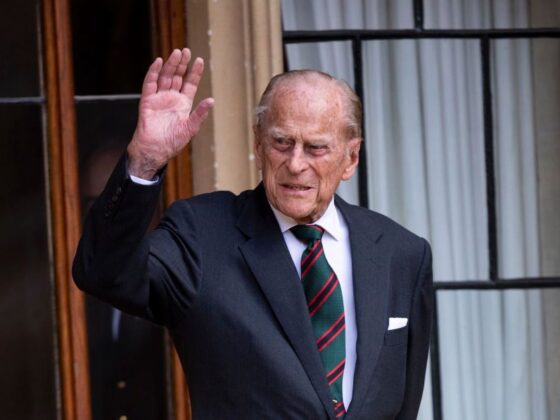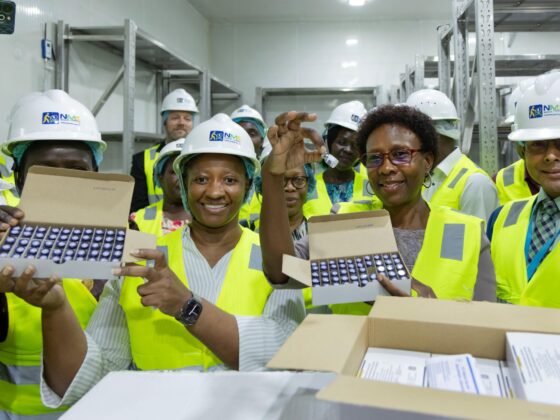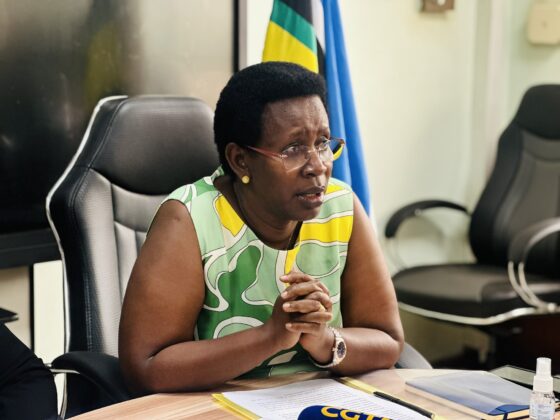Since there has not been any known cure or real treatment for Ebola, once one is diagnosed with the fever, many believe chances of making it are next to none.
However, Maimuna Majumder, a biostatistician and epidemiologist at the Massachusetts Institute of Technology, in her research paper A Generalizable Data Assembly Algorithm for Modeling Ebola Virus Disease in the Eastern DR Congo says, “The cumulative average considering all Ebola cases and deaths from 1976 to the present is actually closer to 60-to-65% and the current outbreak has a CFR of about 54% – though it is subject to change as the outbreak goes on.”
54% is an average taken from several countries. The fatality rate varies from one country to another – in Guinea it is about 73%, whereas in Liberia it is 55%, in Sierra Leone it is 41% and in Nigeria it is 11%.
And for Mary Kintu (not real name) and her son Sam Kintu (not real name), from Kiyana, Kiyanda Luweero District, they lived to tell the tale of their survival from the deadly disease that struck the family in October and November 2012.
Talking about her late son: It started as fever; Kato (not real name) developed diarrhea and we took him to hospital at Nakatoonya where he worsened after two days. We then took him back home and the following day to Bombo Army Barracks hospital where he died after a few days. He died after falling sick for a week.
Three days after the death of Kato, the wife and his sister fell sick and were taken to another hospital in Nyimbwa with the hope that changing hospitals would mean better luck. The outcome, however, was similar as they also passed on one after another.
Ms Kintu maintains one perspective: They were not told the truth about what was killing her people. However, rumours had it that it was ebola killing people much as many others believed it was witchcraft.
“We were severally advised to take the sick to traditional healers for management but we could not take patients with severe fever and diarrhea to such people.”
Having lost three members of the family to a mysterious illness that was now threatening another, Ms Kintu decided to go to Mulago when her second son fell sick.
“When we reached Mulago hospital, doctors from Luweero informed doctors in Mulago by phone that my son Sam Kintu and I had the Ebola virus,” she says.
Much as the fever had not put her down yet, Mary Kintu was found with traces of the Ebola virus in her blood stream.
The two were immediately separated from other patients and later taken by a pickup truck to an isolated tent.
The routine:
In the camp, Ms Kintu says they were in a tent that was always open, it was never supposed to be closed up. But we were each given 4 blankets to provide enough warmth.
Sam Kintu was then put on fluids by drip and we were provided with a carton of mineral water for drinking plus tablets.
Every morning, we would go out of the tent to allow for spraying.
“Every day, the doctors would check on us to see the progress by asking about the symptoms. Whenever one symptom was gone, medication to treat it would be stopped.
That went on until all the medication was stopped and we were only left with the spraying of the tent.
After two weeks, tests were carried out and confirmed that we were free from the disease and ready to return home .”
Protection: After surviving the fever, Sam Kintu was given about six months during which period he had to adhere to certain health behavior including having protected sex in order not to pass the virus onto another person.
“I was given condoms and told to make sure I use them in order to protect the other party from the virus in case I had any left in the body.”
After effects
Much as he was able to survive the deadly fever, there are aftereffects that manifested. About two weeks after being discharged, Mr Kintu notes that he developed a stitch that made it difficult for him to move.
Lungs weakened: I was also told that since the fever had affected my lungs, I had to put on hold riding a motorcycle for some time.
He, indeed says after sometime, he developed chest pain from time to time and could no longer ride his boda boda (motorcycle taxi) the way he used to.
“I ride from about 7am to 2pm, not up to 6pm like I used to. In case I do, my chest gets some pain.”
He was also told to desist from hard larbour.
Paralysis: Mr Kintu says he developed paralysis on one side of the body and even lost his speech. Much as he has regained speech, the paralysis has persisted for two years now.
He also reports complications including; unexplained stomach aches, difficulty in breathing sometimes and suffocation especially when in a dusty environment.
Discrimination: as they settled back in the village after being discharged from hospital, the survivors were discriminated against by the people on the village
Observations
- Sam Kintu notes that his recuperation has everything to do with the fact that the fever had not gone too far;
“Doctors asked whether I had any blood coming out of any part of the body but I had not reached that extent.”
- He suggests that small hospitals should also be equipped with laboratories to check blood samples
- There should be sensitization exercises in the villages about the dangers of the disease and how to manage it
- Government should take it upon itself to take the message to other parts that have not been affected
Symptoms of ebola virus infection
These are generally noted 2 -21 days after the virus enters the body.
Early noticeable symptoms include sudden onset of:
- Fever
- Fatigue
- Joint and muscle pain
- Headache
- Sore throat
- Cough
Symptoms noted with disease progression include:
- Vomiting
- Diarrhea
- Rash
- Unexplained bruising
- Internal and external bleeding such as bleeding from gums and blood in stools
- Weight loss
Government interventions
- Since 7 November 2018, as part of the preparedness activities, Uganda has vaccinated health and frontline workers in areas at risk of expansion of the outbreak. To date, 4699 health care and frontline workers from 165 health facilities have been vaccinated.
- The Ministry of Health (MoH) and WHO have dispatched a Rapid Response Team to Kasese to identify other people who may be at risk, and ensure they are monitored and provided with care if they become ill.
- Nine Ebola Treatment Units (ETU) are in place in the districts bordering North Kivu and Ituri. The MoH is setting up more units in the affected district and at referral hospitals to handle cases if they occur.
- The MoH is intensifying community education, psychosocial support and will undertake vaccination for those who have come in contact with the patient and at-risk health workers who were not previously vaccinated.
- Disease monitoring has been intensified at border posts, health centres and communities, and health workers are being trained on recognizing symptoms of the disease. The district administration and local councils in the affected area have been directed to ensure that any person with Ebola signs and symptoms in the community is reported to the health workers immediately and provided with advice and testing.
Ebola cases and Deaths are two different things. Not all cases are/end up in deaths. So is the 60-65% representing cases or deaths? Where was Maimuna writing – source? Was it in a magazine?









